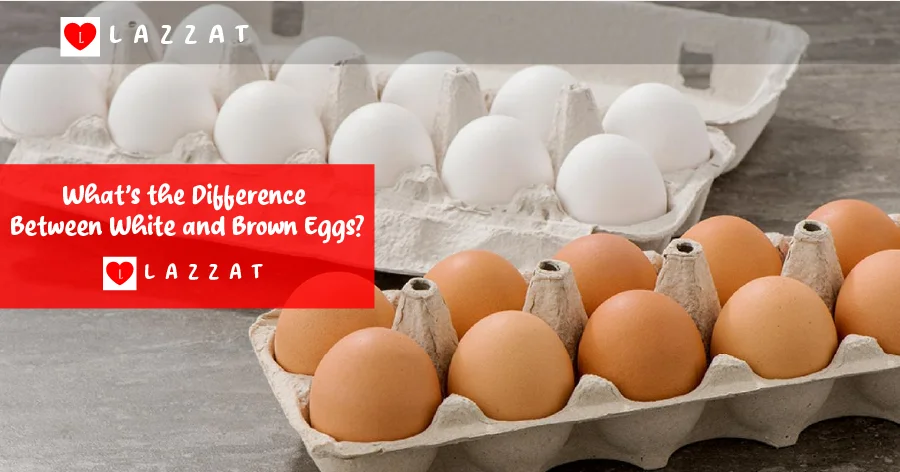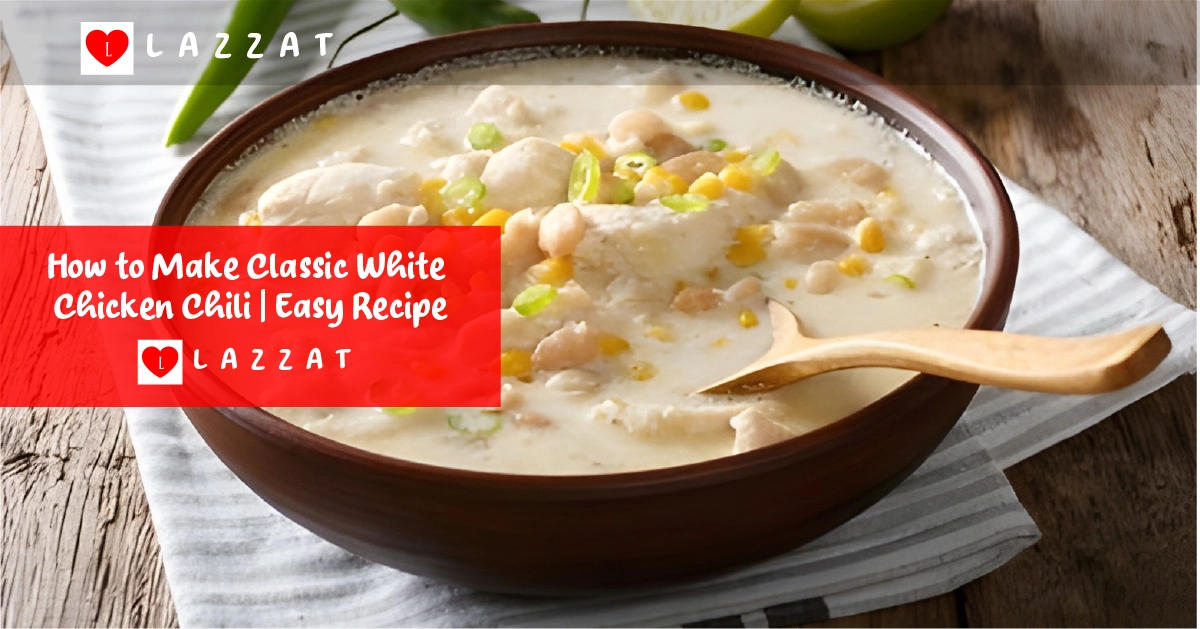Egg shell color often sparks debate, with many thinking brown eggs are healthier. But, the truth is, eggshell color mainly depends on the chicken breed. It doesn’t affect the egg’s nutritional value or quality.
We’ll dive into what makes egg shells different in color. We’ll also clear up myths about white and brown eggs. Plus, we’ll look at how chicken genetics and the environment play a role in egg color.
Table of Contents
Understanding Egg Shell Colors and Their Origins
The color of an egg’s shell is more than just a pretty sight. It shows the complex biological steps that happen as it forms. The eggshell pigmentation and genetic factors that shape it are key to the egg’s final color.
The Science Behind Eggshell Pigmentation
Eggshell color comes from pigments like biliverdin and protoporphyrin. These are made by the hen’s shell gland and spread on the eggshell. This creates the colors we see.
The mix and spread of these pigments can change, leading to many colors. This range is due to a mix of the hen’s genes and the environment.
Genetic Factors in Shell Color Production
The genetic factors behind eggshell color are really interesting. Different chicken breeds have unique genes that guide their shell color. Some breeds are set to lay white eggs, while others tend to lay brown eggs.
These genetic differences come from long years of selective breeding. Farmers and poultry lovers have worked to keep certain traits alive. This helps us see the variety of egg colors in the world of poultry.
What’s the Difference Between White and Brown Eggs?
Egg color is often the first thing we notice. White and brown eggs look different, but the main difference is in the chicken breed. Let’s look at what makes these eggs unique.
The eggshell color comes from the chicken breed. Chickens with white earlobes lay white eggs. Those with red earlobes lay brown eggs. This is because of a pigment called protoporphyrin on the shell.
| Characteristic | White Eggs | Brown Eggs |
|---|---|---|
| Chicken Breed | Leghorn, Rhode Island Red, New Hampshire | Rhode Island Red, New Hampshire, Orpington |
| Eggshell Color | White | Brown |
| Nutritional Content | No significant difference | No significant difference |
| Taste | No significant difference | No significant difference |
White and brown eggs are almost the same in nutrition and taste. The egg color difference is only shown in the chicken’s genetics. It doesn’t affect the egg’s quality or healthiness.
“The color of the eggshell does not indicate anything about the quality, nutritional value, or flavor of the egg.”
In short, the white and brown eggs difference mainly comes from the chicken breed. There’s no real difference in their nutrition or taste. Both are great for cooking and recipes.
Common Chicken Breeds and Their Egg Colors
Chicken breeds are incredibly diverse, with each having its own egg color. From the famous white Leghorns to the warm brown Rhode Island Reds, every breed has its own egg color.
White Egg-Laying Breeds
The Leghorn is a well-known white egg layer. These chickens are famous for their bright white eggs. They are popular for their clean look and hardiness.
Brown Egg-Laying Breeds
The Rhode Island Red is a classic brown egg layer. They lay large, deep brown eggs. Their strong build and foraging skills make them a hit with homesteaders.
Heritage Breeds and Egg Colors
Heritage chicken breeds offer a wide range of egg colors. The Araucana lays blue-green eggs, while the Marans have speckled eggs. These breeds add beauty and flavor to any table.
| Chicken Breed | Egg Color |
|---|---|
| Leghorn | White |
| Rhode Island Red | Brown |
| Araucana | Blue-Green |
| Marans | Dark Brown |
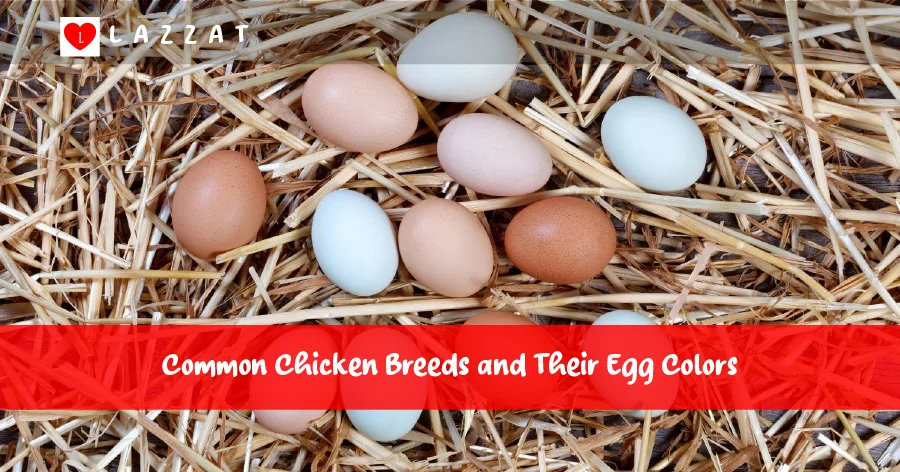
Nutritional Composition: Brown vs. White Eggs
Many people wonder if the color of an eggshell affects its nutritional value. But, studies have shown that white and brown eggs are very similar in what they offer.
Eggs, no matter their shell color, are packed with protein, vitamins, and minerals. Both white and brown eggs have about the same amount of:
- Protein (about 6 grams per large egg)
- Vitamins A, B, D, and E
- Minerals such as iron, phosphorus, and zinc
The difference in eggshell color mainly comes from the chicken breed. The color of the shell is a result of the hen’s metabolism. It doesn’t change the nutritional value or egg composition.
“Egg color is determined by the chicken breed and has no effect on the egg’s nutritional value or quality.”
Many scientific studies have found that white and brown eggs are almost the same. This means that the nutritional benefits are the same, no matter the eggshell color.
The Role of Chicken Genetics in Egg Color
The eggshell color isn’t random. It comes from the chicken’s genes. Exploring chicken genetics shows how shell color inheritance works.
Breed-Specific Color Inheritance
Each chicken breed has its own genetic traits. This affects their eggshell color. For example, Rhode Island Reds have brown eggs, and Leghorns have white eggs. The genes in these chickens decide their egg color.
Environmental Influences on Shell Color
Genetics aren’t the only thing that matters. The chicken’s environment also plays a part. Diet, stress, and sunlight can change egg color slightly. Managing these factors can help keep egg color consistent.
“Understanding the interplay between chicken genetics and environmental factors is key to achieving the perfect eggshell color.”
By studying chicken genetics and shell color inheritance, we can improve egg quality. This is important for both enthusiasts and producers.
Price Differences and Market Perception
When it comes to egg pricing, people often notice a big difference between white and brown eggs. This difference comes from many factors. These include marketing, regional tastes, and even wrong ideas about egg nutrition or quality.
The real reason for the price gap is not the eggs themselves but production costs and demand. Egg pricing is affected by the cost of feed, labor, and getting the eggs to market. It also depends on the chicken breed and egg size.
Also, what people think about eggs can affect their buying choices. Some might think brown eggs are better or more natural. Others might like the look of white eggs. These thoughts can make some eggs cost more, even if they’re just as good.
| Egg Type | Average Retail Price (per dozen) |
|---|---|
| White Eggs | $2.50 |
| Brown Eggs | $3.00 |
It’s key to remember that egg color doesn’t change their nutritional value or quality. Both white and brown eggs are packed with protein, vitamins, and minerals.
“Consumers often equate brown eggs with a more natural or premium product, which can lead to higher prices in the market. However, the shell color is primarily determined by the chicken’s breed and has no bearing on the egg’s quality or nutritional content.”
As the market keeps changing, it will be fascinating to see how egg prices and what people think about them evolve. This could impact how egg producers and sellers market and price their eggs.
Egg Quality and Shell Color Myths Debunked
There’s a lot of info out there about eggs, but some myths stick around. We’ll look at the science that proves these myths wrong. This will help us understand what really matters for egg quality.
Common Misconceptions
- Myth: Brown eggs are more nutritious than white eggs.
- Myth: The color of the eggshell indicates the quality of the egg.
- Myth: Eggs with thicker shells are fresher and of higher quality.
Scientific Evidence
Many studies have found that eggshell color doesn’t affect nutrition or quality. The shell’s color comes from the chicken’s breed, not the egg itself. White and brown eggs have almost the same nutrients.
Also, shell thickness doesn’t show if an egg is fresh or good. It depends more on the hen’s age, diet, and health. Older hens might lay eggs with thinner shells, but that doesn’t mean the eggs are worse.
| Myth | Scientific Evidence |
|---|---|
| Brown eggs are more nutritious than white eggs. | Studies have shown that the color of the eggshell has no impact on the nutritional content of the egg. The nutritional profiles of white and brown eggs are virtually identical. |
| The color of the eggshell indicates the quality of the egg. | Eggshell color is determined by the chicken’s breed and genetics, not by the egg’s quality or freshness. |
| Eggs with thicker shells are fresher and of higher quality. | Shell thickness is primarily influenced by the hen’s age, diet, and overall health, rather than the egg’s age or quality. Older hens tend to produce eggs with thinner shells, but this does not reflect the egg’s freshness or quality. |
By knowing the science, we can choose eggs better. We can focus on what really matters for quality and freshness.
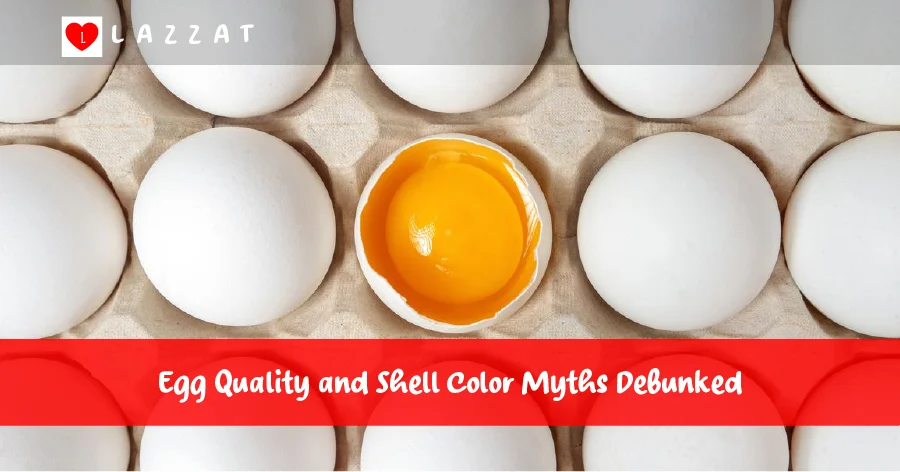
Environmental Factors Affecting Egg Production
Environmental factors are key in egg production. They affect both the quantity and quality of eggs. The egg production factors and environmental influences play big roles.
Proper diet and nutrition are crucial for hens to lay eggs well. A balanced diet with proteins, vitamins, and minerals helps. Stress levels also impact egg production.
The living conditions of hens matter a lot. Temperature, lighting, and space affect their egg-laying. Hens in clean, comfortable, and stress-free places lay better eggs.
Dietary Considerations
- Ensure a balanced diet with adequate protein, vitamins, and minerals
- Provide a sufficient supply of calcium for eggshell formation
- Adjust feed composition based on the hens’ life stage and production needs
Stress Management
- Minimize environmental stressors such as excessive noise, overcrowding, and predator threats
- Implement proper ventilation and temperature control to maintain a comfortable living environment
- Ensure a consistent routine and avoid sudden changes that may disrupt the hens’ natural rhythms
Living Conditions
| Factor | Optimal Range | Impact on Egg Production |
|---|---|---|
| Temperature | 65-75°F (18-24°C) | Hens thrive in a comfortable, climate-controlled environment, which promotes consistent egg-laying |
| Lighting | 14-16 hours of light per day | Adequate lighting stimulates the hens’ natural egg-laying cycle, ensuring a steady supply of eggs |
| Space | Minimum of 1.5 square feet per hen | Overcrowding can lead to stress and reduced egg production, while adequate space allows for natural behaviors |
Understanding and optimizing egg production factors and environmental influences helps. Farmers and producers can create a good environment for hens. This ensures a steady and high-quality egg supply for consumers.
Storage and Handling: Does Color Matter?
Many people wonder if egg color affects how they should be stored. But, the truth is that the shell color has little to no impact on the proper storage and shelf life of eggs. It doesn’t matter if you have white or brown eggs. What’s important is the temperature and how you store them.
Temperature Considerations
Keeping eggs at the right temperature is key to keeping them fresh. Eggs should be stored at a steady temperature, between 40°F and 45°F (4°C to 7°C). This helps slow down aging and stops bacteria from growing. If eggs get too hot or cold, they can spoil faster.
Shelf Life Comparisons
The color of the eggshell doesn’t change how long eggs last. Both white and brown eggs are kept well when stored in the same way. Fresh eggs can stay in the fridge for 3 to 5 weeks. Always check the expiration date and look for any signs of spoilage before using them.
In short, egg color doesn’t matter for storage or how long they last. Keeping the right temperature and storing them correctly is what keeps eggs fresh, whether they’re white or brown.
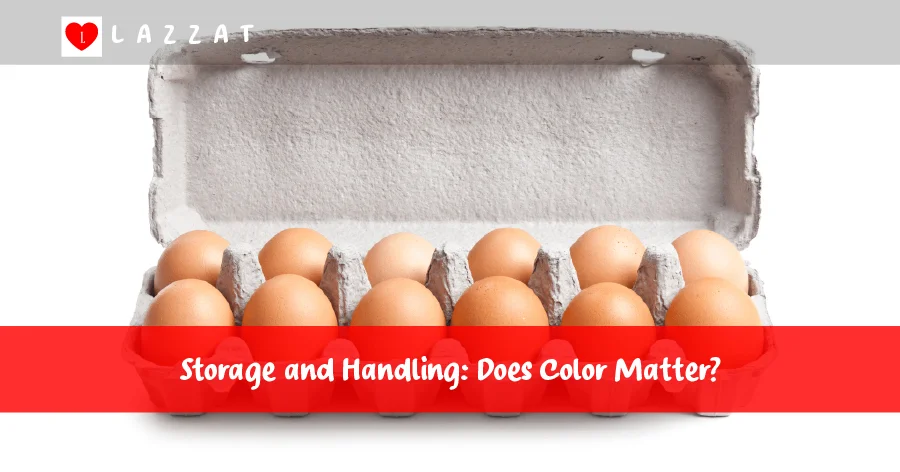
Conclusion
In conclusion, the main difference between white and brown eggs is the chicken breed and genetics. These differences don’t affect the nutritional value or quality of the eggs. Egg color might sway some people’s choices, but it’s not a big deal.
When choosing eggs, think about how they were farmed, how the chickens were treated, and what you need for your diet. Don’t just look at the eggshell color. Knowing about egg color variations helps you make choices that fit your values and tastes.
The main point is that egg color differences show the variety in chicken breeds and their genes. They shouldn’t be the only thing you consider when making consumer choices. By understanding this, you can make better choices that are good for your health, the planet, and the chickens.
Also Read:
FAQs
Does the color of the shell affect how I store eggs?
Not a bit! Store eggs at a cool temperature (around 40°F) regardless of their color. This keeps them fresh and prevents bacteria growth.
Why are brown eggs sometimes more expensive?
It’s more about marketing and consumer perception than the actual egg. Brown eggs might be seen as “premium” even though they’re similar in quality to white eggs.
Can you tell the freshness of an egg by its shell thickness?
Unfortunately, no. Shell thickness is more linked to the hen’s age and health than the egg’s freshness.
What’s the biggest factor affecting egg quality?
How the chickens were raised! Focus on factors like farming practices and chicken welfare when choosing eggs, not just the shell color.

